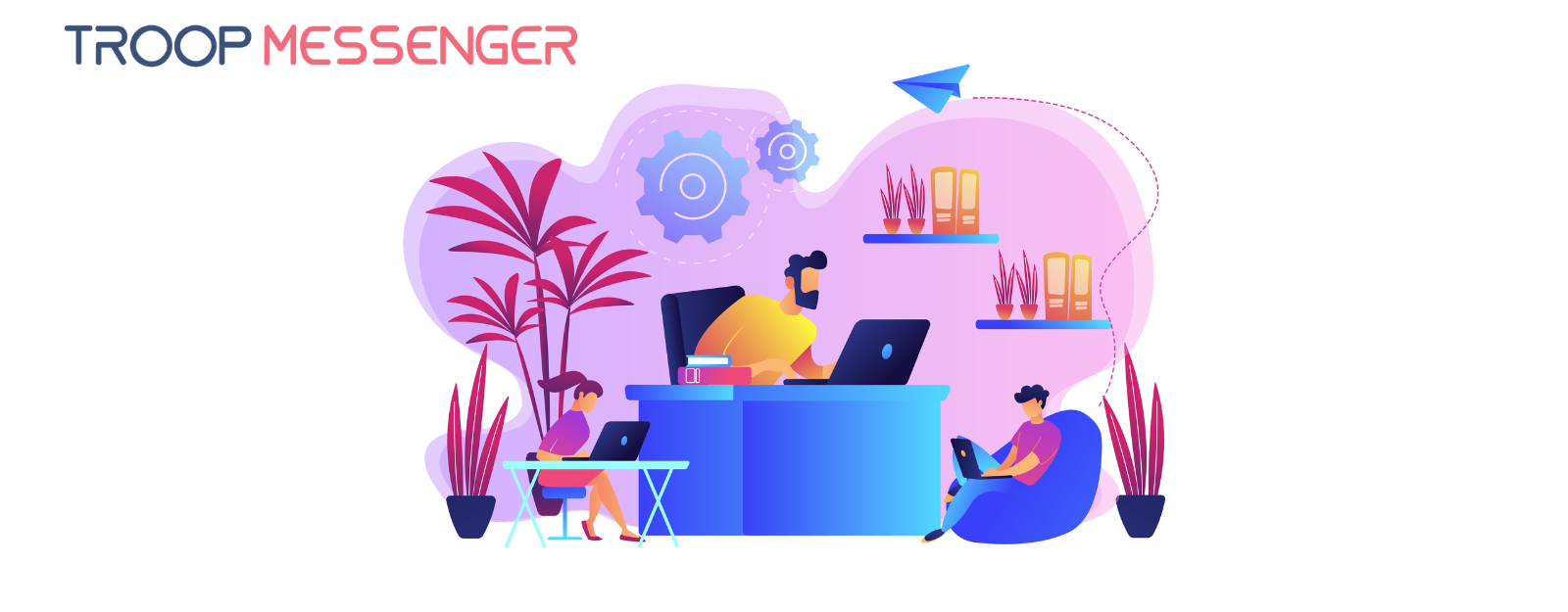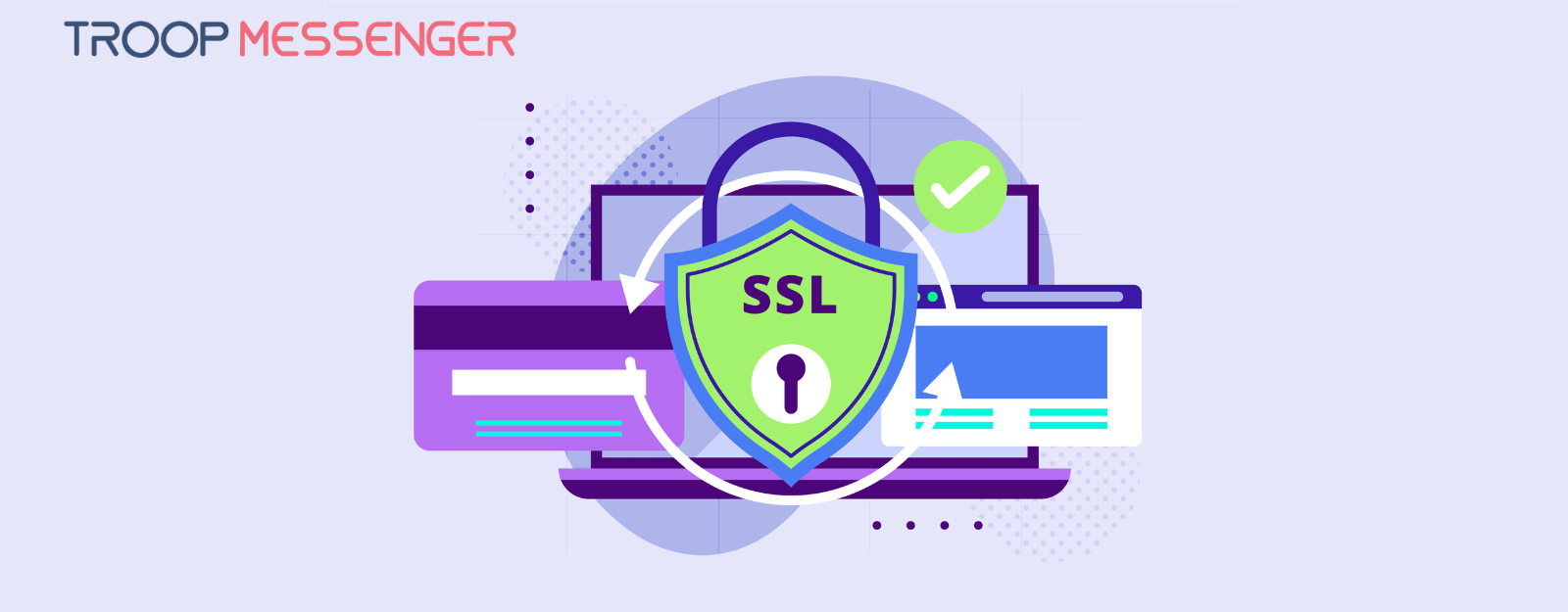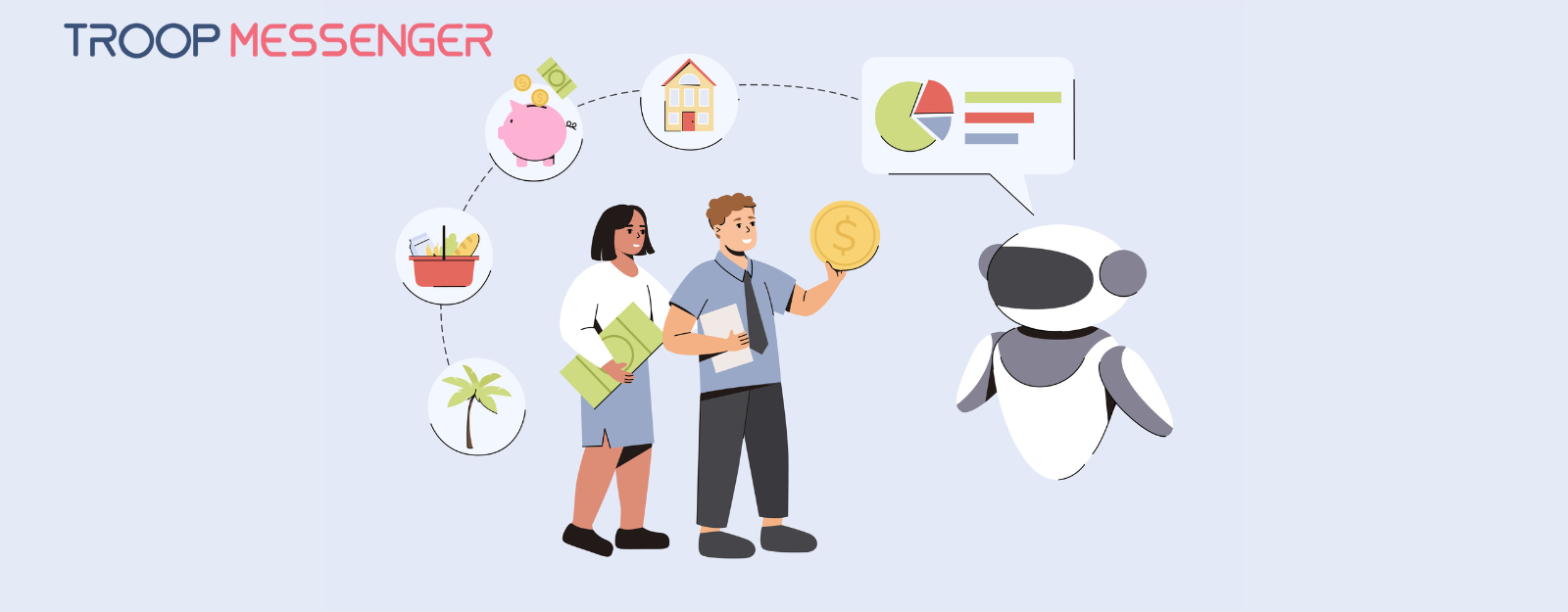Connect with us

How is AI Voice Technology Transforming IOT?
Newer, AI-powered voice technologies are transforming the Internet of Things industry. These new voice technologies and voice generators give IoT devices natural and responsive interactions with human users. They also reduce the need for screen interfaces and improve security by making it harder for hackers to break into devices.
You might have seen negative user experiences with early IoT devices. They were partly due to clunky controllers and screens that were tedious to use. Voice control is a natural response to this problem, but most current voice assistants cannot operate at optimum levels in noisy environments or without visual cues.
AI voice technology has made it possible for IoT device manufacturers to create devices that are easy to use, accessible in any environment, and secure from hacking attempts. There’s no doubt that the way we interact with our devices is about to change significantly, thanks in part to AI-powered voice technologies. For example, text-to-speech can enable IoT devices to talk back to users and convert text-based media into a spoken format. Online TTS voice technology provides personalized services and increased autonomy for digital content owners reduces operational costs, speeds up throughput, offers easy implementation, and minimal maintenance, and enhances employee performance, among other things by making their workforce easy and efficient.
We will discuss the key elements of the AI Voice Generator, driving growth in the IoT industry.
Table of Contents
1. Voice Recognition in IoT
Voice recognition technology allows IoT devices to understand human speech and respond appropriately. It is often used in conjunction with other AI technologies, such as natural language processing, to optimize device performance. Voice recognition is key for allowing users to control their devices without the need for screen interfaces. AI voice recognition technology is also great for devices that are used in noisy or visually impaired environments. Devices that require visual input are often difficult to operate in noisy environments, such as kitchens, due to the need to keep an eye on cooking food while entering commands on a screen. Voice recognition technology allows these devices to be operated without the need to look at a screen, which can be particularly useful for visually impaired people.
That said, by incorporating text-to-speech in voice recognition systems, businesses can enhance user experience. Here are a few of the use cases for TTS in today’s voice-first world:
- Conversational interactive voice response (IVR) systems used in customer service call centers
- Voice guidance and navigation systems like GPS mapping apps
- Check out the team collaboration software that has an AI-Enabled text-to-speech facility
- Smart home devices and other voice-enabled Internet of Things (IoT) tools
- Independent virtual assistants like Siri, and Alexa, but for your own brand
- Experiential marketing and advertising solutions including interactive voice ads on music streaming services, or branded smart speaker apps
- Video game development with dynamic runtime text-to-speech for accessibility features, scene prototyping, and AI non-player characters
- Company training and marketing videos that allow businesses to change voiceovers without tracking down original voice talent for ongoing recording sessions
For voice controllers in IoT to be effective, the sound needs to be crystal clear, and voice commands need to be understandable, which is not always easy to achieve in noisy workspaces. Not only does a voice-enabled assistant need to separate the human voice from background noises, but it also needs to support different languages and accents to be truly effective.
2. AI Voice Generators
AI assistants are voice generators that can perform a wide range of tasks, including scheduling, reminders, translations, and providing information. Voice generators are a relatively new addition to the IoT industry but are quickly becoming popular. Voice generators help users quickly and easily access information, schedule events, and perform other tasks, making their busy lives a little bit easier. What’s more, these AI voice agents can be used by anyone, regardless of their technical skills or experience. AI voice generators are also able to integrate with other IoT devices. This means that they have more interaction and easy control over home appliances, smart home devices, and other connected devices.
Voice assistants integrated with other AI applications, such as chatbots also help provide a more comprehensive service. For example, a person who has an AI assistant at home and a chatbot at work can use their voice to send an email using their chatbot at work. This kind of interconnectivity helps transform the way people interact with technology, especially in business environments.
That said, voice-enabled devices such as TVs with hybrid connectivity capabilities improve user experience by providing smart, intuitive, and convenient interactions. Through either remote control or voice-enabled mobile app, users can quickly and conveniently access their favorite streaming platforms via the cloud and use embedded functions to change the channel, adjust the volume, and a range of other commands.
3. Voice Identification in IoT
Voice identification technology allows devices to understand who is speaking to them. This is a useful feature for security purposes, particularly in business environments. If a device can understand who is speaking to it, it can be organized to respond appropriately. For example, a security system could be programmed to allow certain people onto a company’s premises while denying access to others. Voice identification technology integrated with voice generators can also be used to send tailored information to different people.
Voice generators could be programmed to send different information to each person using them based on their voice. This could be particularly useful in workplaces where employees often need to access sensitive information, such as financial data. Voice recognition technology can also be used to train devices to respond to different voices in the same way as one another. For example, a device could be programmed to understand two different voices belonging to the same person. This could be useful in situations where multiple people need to use one device, such as in an office environment.
4. Natural Language Processing in IoT
Natural language processing technology allows devices to understand the context of human speech. This means that a device can understand what a person’s full sentences mean, not just individual words. AI voice generators can produce human-like voices with Natural language processing. IoT devices that use natural language processing can interpret a person’s full sentences and respond appropriately. For example, if a person says, "What is the current weather forecast in New York?", a device with natural language processing would understand that they are asking for the weather forecast in New York.’
Natural language processing can be used to optimize the performance of a wide range of devices. For example, smart home devices can be programmed to respond to certain words, such as "brighten" and "dim", to change the brightness of lights.
5. AIoT in Healthcare
AI combined with IoT has numerous benefits in healthcare including improving diagnostic accuracy, reducing the administrative burden of tracking patient health in the facility, and enabling telemedicine and remote patient care. AIoT can identify critical patients faster than humans by processing patient information, ensuring that patients are triaged effectively.
Conclusion
In a nutshell, AI and IoT are the perfect marriage of capabilities. AI enhances IoT through smart decision making and IoT facilitates AI capabilities.
through data exchange. The two combined will pave the way to a new era of solutions and experiences that transform businesses across industries.








